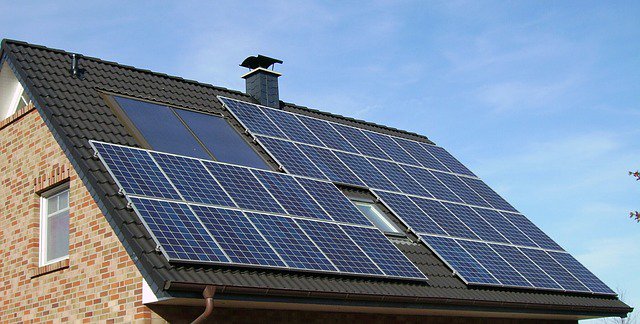Anyone considering investing in solar panels will of course expect that it will be a while before they have paid for themselves by producing valuable electricity.
How long it will take to reach breakeven depends on many factors: The initial price of the system, including full installation; the longevity of the hardware components of the system itself; the price rate structure of the utility energy provider, including the grid operator; taxes on both sell and buy rates; whether you opt to include battery storage; and how much the system changes the value of the building on which it is installed. Of course, you could have a situation where panels are just installed and you pay on a monthly basis without actually owning the system, in which case none of the following matters, except maybe the electric vehicle bits.
A Typical Solar Installation
To be honest, the overall question of this article is in reality impossible to answer accurately for any given system, but since I’ve had my solar panels for exactly 10 years now, I can at least provide some data for you to look at. These basic data of how much electricity is generated is useful for making more precise calculations for your local pricing structure, and thus help you forecast how long a given system you are interested in would be able to pay for itself. But first, some specifications on my system:
- 16 panels with a total peak capacity of 4 kWp (I have only come close to this output at noon on very cold and windy summer days).
- 2 inverters capable of 2 kW throughput each (at the time, this was cheaper than 1 single 4 kW inverter and would make it easier to install an extra 2 kWp had I needed it).
- Price including all hardware, installation, and tax credit (in 2011, the labour cost was deductible in Denmark): 100,000 DKK ($16,000). A similar system price today, 10 years later: 50,000–70,000 DKK ($8,000–11,000), depending on local tax credits.
- Geographical attributes: Panels facing south at a 30 degree angle, latitude and longitude (Decimal degrees): 56.3332, 10.3826.
Why not 6 kW, which is the largest allowed grid-connected system on private property in my area? Well, although it would easily fit on my roof, I simply could not afford it at the time, and up until I got an electric car, it would have more capacity than I needed.
Read more: Clean Technica




